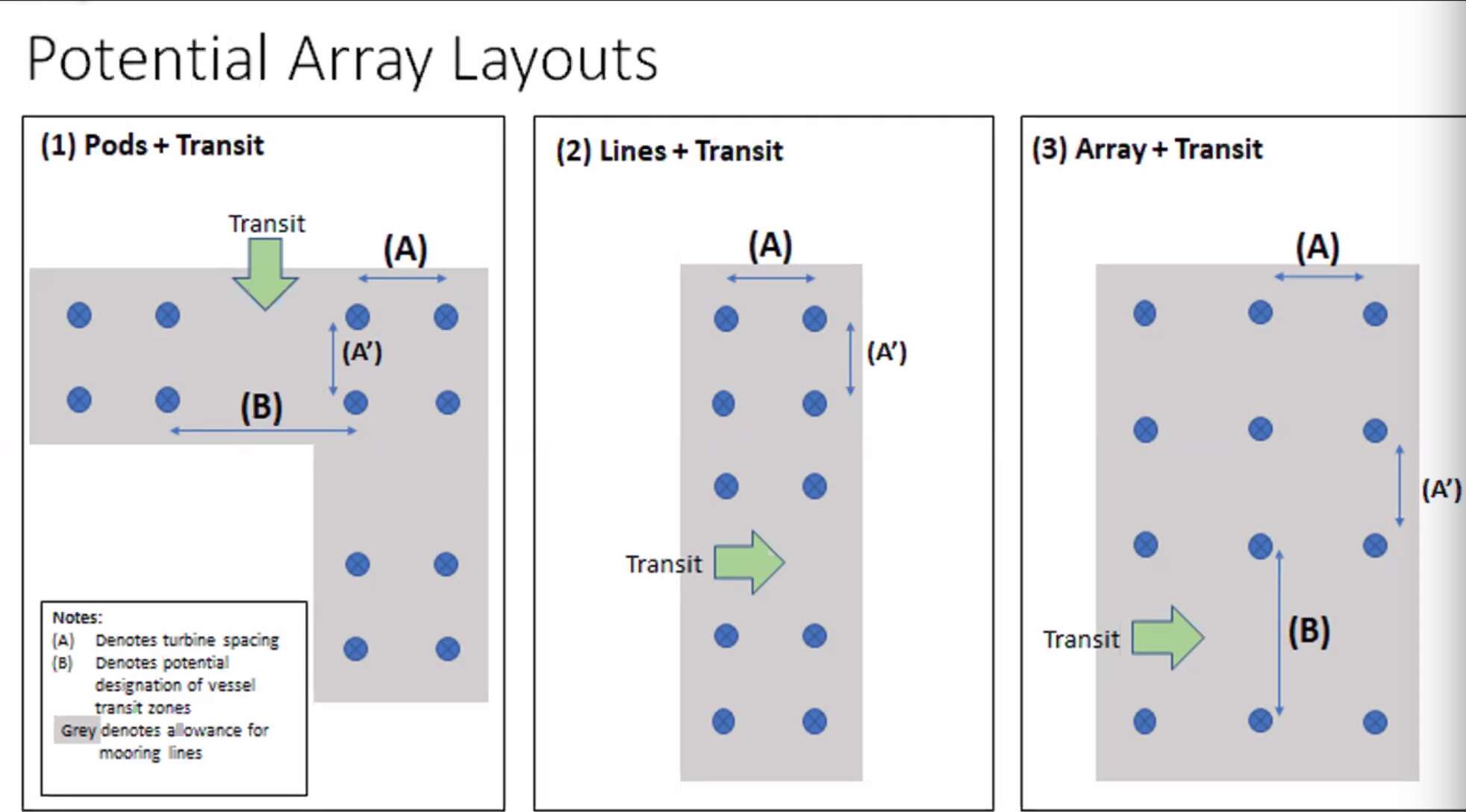
Maine tightens up proposed offshore wind farm area, but fishermen still don’t like it
 Courtesy / State of Maine
The Governor’s Energy Office on Monday unveiled its preferred location, outlined in blue, for a 16-square-mile area in which to install a wind array of up to 12 turbines.
Courtesy / State of Maine
The Governor’s Energy Office on Monday unveiled its preferred location, outlined in blue, for a 16-square-mile area in which to install a wind array of up to 12 turbines.
Maine fishermen said they appreciate the effort by the Department of Marine Resources to get their input on the site for a proposed offshore wind-turbine array.
After collecting input over the past few months about fishing activity, marine wildlife and navigation in a 770-square-mile “area of interest" off the southern Maine coast, the Governor’s Energy Office on Monday announced a “narrowed area of interest” of 16 square miles.
But industry representatives said they’re still concerned about potential impact on fisheries.
“I’m concerned with this narrowed focus on an already heavily fished area,” Ben Martens, executive director of the Maine Coast Fishermen’s Association, said during a virtual work session held yesterday by the Governor’s Energy Office on the latest proposal.
Carl Wilson, director of the Department of Marine Resources’ Bureau of Marine Science, who has spearheaded the effort to gather fishermen’s input, said he agreed that not all of the fishing data is in on fisheries such as lobster and groundfish.
“We have a data hole to fill,” Wilson said. “We’ve come a long way, but there’s a way to go.”
“How can you move to a preferred site when you don’t have the data available?” said one commenter.
Jack Merrill, an Islesford fisherman and member of the Maine Lobsterman’s Association board of directors, said he was concerned about the wind array’s potential to alter the ecosystem and its potential as a gateway to larger commercial arrays in the Gulf of Maine. He asked planners to study the effects on ecosystems of offshore wind arrays in other parts of the world.
“I don’t want to industrialize our ocean,” said Merrill.
Data is also inadequate regarding marine wildlife that uses the proposed area, said John Perry. environmental review coordinator with the Maine Department of Inland Fisheries and Wildlife, which was tasked with studying issues such as wildlife collision and displacement within the array.
“There are no comprehensive Gulf of Maine-wide distribution studies of all species,” he said.
One commenter said he was concerned about the potential risk of entanglement of marine mammals that migrate through the area of interest.
Celina Cunningham, deputy director of the Governor's Energy Office, said the office will continue to gather information about ocean activities within the narrowed area. The configuration of the specific lease area hasn’t been firmed up yet, she noted.
The array itself will potentially have transit lanes for other ocean users, and possibly for fishermen to operate, she added. The turbines would probably be placed about a mile apart from each other, she said, and the intent of the project is to allow fishing in the area as long as safety practices are followed.
“Ultimately it’s a matter of balancing the tradeoffs,” she said. “We want to minimize impacts.”
Cunningham said the project takes into consideration the experience of other offshore wind developments. However, those are mainly wind turbines set on platforms that are fixed to the ocean floor. The Maine proposal will be a test of a floating platform developed by the University of Maine.

According to a project summary, research that will be conducted at the array will be designed to fill data gaps, with the goal of reducing uncertainty around impacts from floating offshore wind projects on existing ocean users and the ecological environment, “to inform the responsible development of future wind projects in the Gulf of Maine.”
A supplemental budget signed by Gov. Janet Mills earlier this year included $3 million for research activity related to the array.
The state has identified two possible interconnection points for the project — Maine Yankee in Wiscasset or the Wyman power station in Yarmouth.
Commenters wanted to know when a decision will be made on which station will be used and on the route of the transmission cable from the array to the station.
Cunningham said work still needs to be done before any decisions are made.
“We want to make sure we provide transparency into how and when that’s determined and allow opportunity for feedback,” she said.
Chris Wissemann, CEO at Diamond Offshore Wind Development, one of the developers of the project, said a goal is to provide jobs in Maine.
“A big part is, how do we come up with design and fabrication methods to prove that this can be built entirely in Maine, creating jobs for Mainers,” Wissemann said. “We don’t want offshore wind to be imported.”
The office is inviting comments on the site through July 30 to inform its final siting decision, which will be included in a federal lease application this summer to the Bureau of Ocean Energy Management, an agency within the U.S. Department of the Interior that’s responsible for managing development in some offshore waters.
The application will be the first step in a subsequent multiyear permitting process by the bureau.
For more information, click here. To provide written comments, click here.













0 Comments